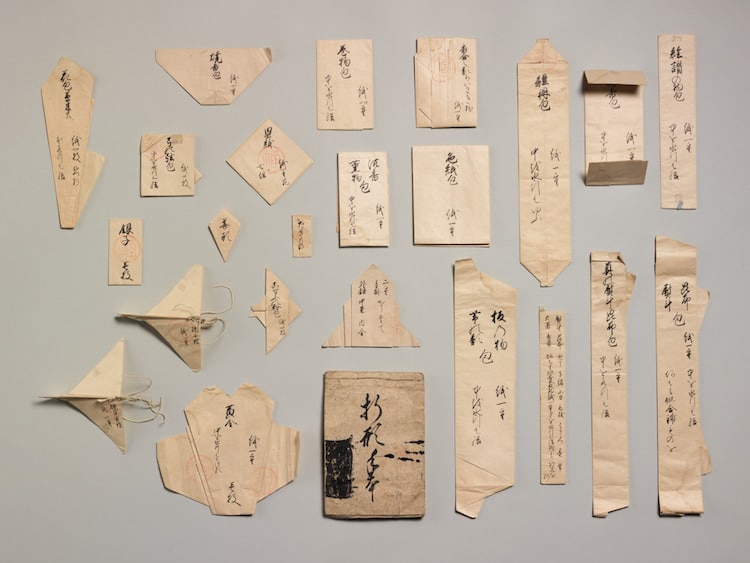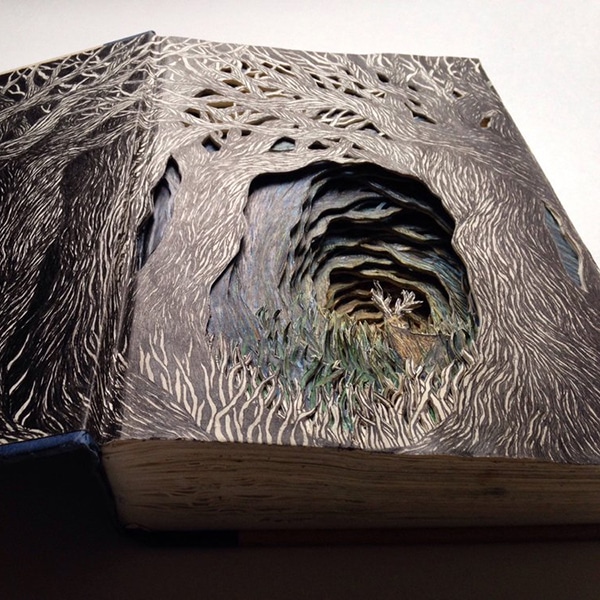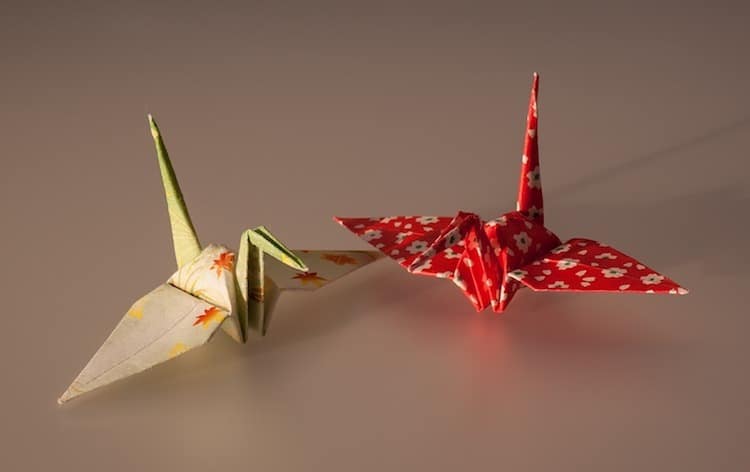
Photo: Skeeze
For centuries, cultures have come up with creative ways to artistically approach, adopt, and adapt the paper craft. While many of these practices, including Korean Hanji, can be individually traced to specific countries of origin, most—including papier–mâché, a French-sounding craft that was actually conceived in ancient China—boast colorful histories that span cultures, countries, and even continents. One popular practice that has left a particularly extensive paper trail across the globe is origami, the art of paper folding.
Though most closely tied to Japan, origami also has roots in China and Europe. Here, we explore the practice's unique history to understand how each culture has shaped the beautiful and beloved art form.
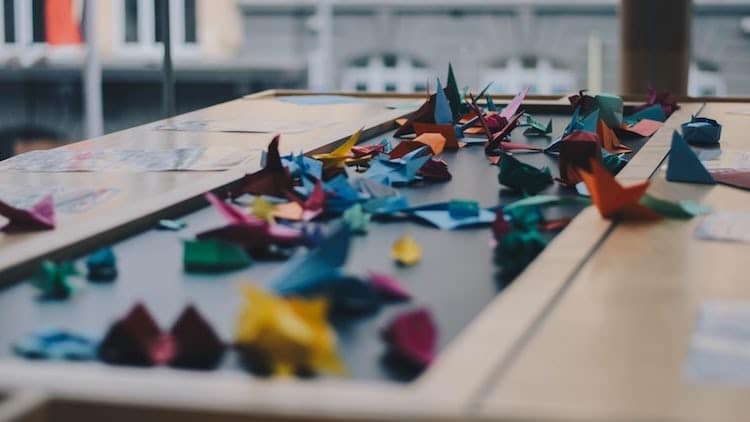
Photo: Dev Benjamin
What is Origami?
Origami is the art of paper folding. Its name derives from Japanese words ori (“folding”) and kami (“paper”). Traditional origami consists of folding a single sheet of square paper (often with a colored side) into a sculpture without cutting, gluing, taping, or even marking it.
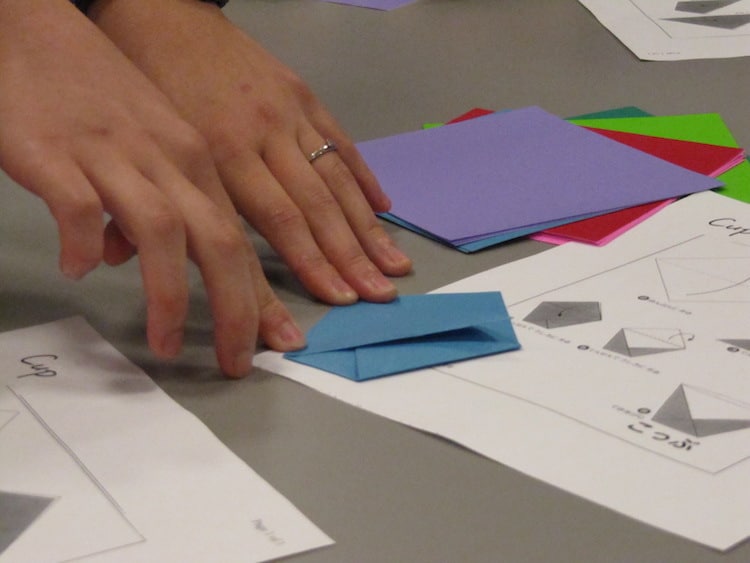
Photo: Kalamazoo Public Library
History of Origami
Creatives from several countries helped shape origami into the practice it is today.
China
Paper was invented in China around 105 AD, and folded paper—or zhezhi—most likely emerged shortly after. By 900 AD, paper yuanbao, or gold nuggets, were a staple at traditional Chinese funerals.
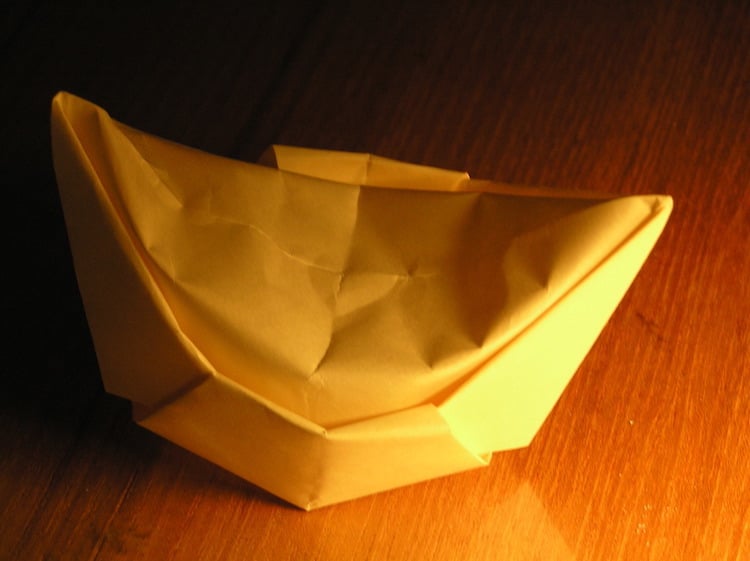
Chinese paper fold sycee (Photo: Benjwong (Own work) via Wikimedia Commons, Public domain)
Created by meticulously folding gold or yellow paper into ingot currency, these ephemeral ornaments were crafted with the intention of being thrown into a fire at the end of the ceremony.
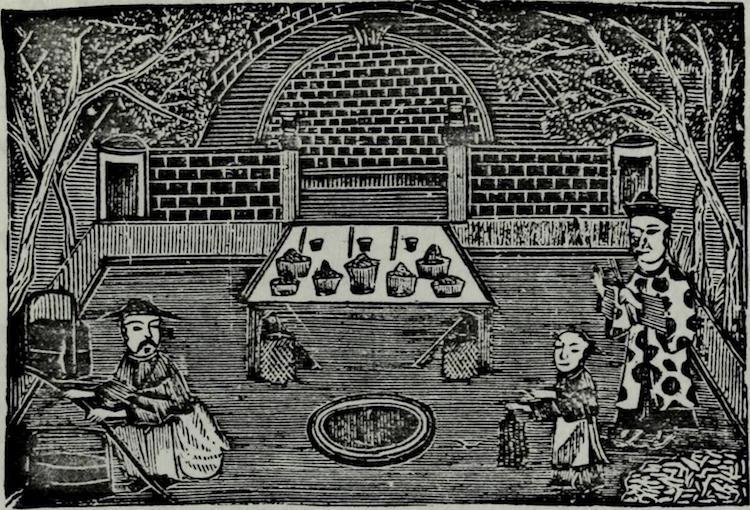
Photo: Internet Archive Book Images
Eventually, paper folding would become a common practice. Though similar to Japanese origami, more modern Chinese paper-folding exhibits an interest in representing inanimate objects, like boats and boxes.
Japan
Paper was introduced to Japan in the 6th century. During this time, the practice of paper folding emerged as a ceremonial Shinto ritual. It was not until Japan's Edo Period (1603 – 1868) that origami would also be viewed as a leisurely activity and art form.
Like Japanese woodblock prints—an art form that also saw popularity during this time—origami works often featured flowers, birds, and other nature-based motifs. These subjects are also prevalent in contemporary origami, which remains true to the traditional Japanese practice in all ways but one: originally, the practice allowed artists to strategically cut the sheets of paper. Today, however, true origami is sculpted entirely through folds—an attribute the Japanese adopted from Europe.
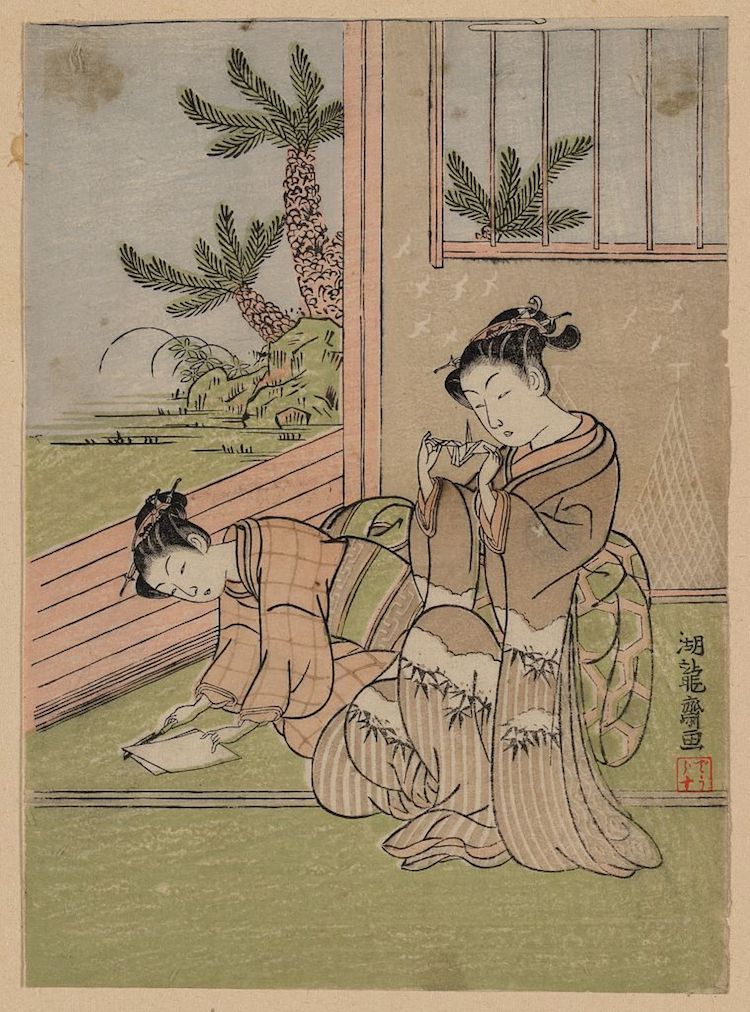
Photo: Library of Congress
Europe
In Europe, paper-folding is thought to have evolved from napkin-folding, a practice popularized in the 17th century. Much like Japanese origami, napkin-folding featured different methods and techniques that resulted in an array of abstract and figurative forms.
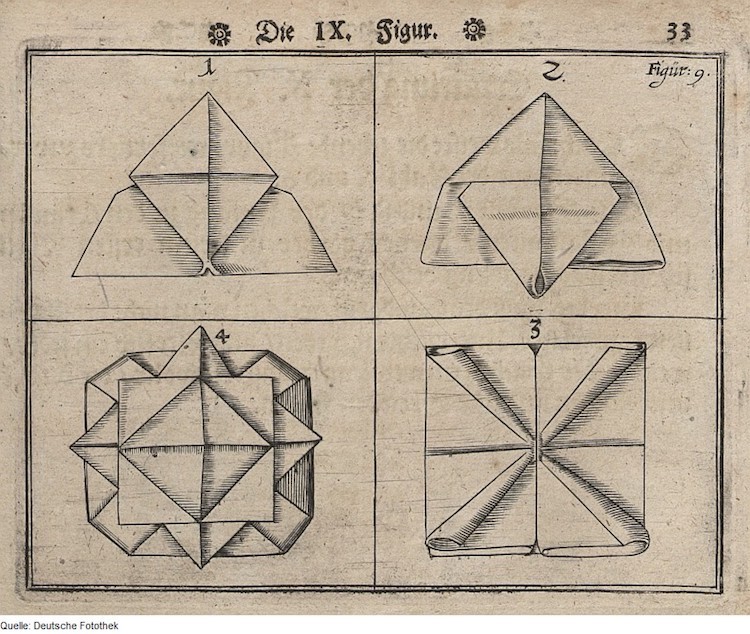
Origami techniques (Photo: Deutsche Fotothek via Wikimedia Commons, PD-1923)
Eventually, this interest in folding moved beyond napkins at dinner parties and made its way into schools—namely, in Friedrich Fröbel‘s groundbreaking curriculum.
As the founder of kindergartens, Fröbel incorporated several hands-on activities into his “play and activity” institutes, including paper-folding. This familiarized children with origami, and eventually enabled the art form to flourish across the continent.
What are Origami Techniques?
Unlike kirigami—the variation of origami that uses paper cutting—origami only uses folding and creasing techniques. Most projects use a combination of the same basic techniques. These include pleat folds, mountain folds, reverse folds, sink folds, squash folds, and petal folds.
Materials
Although origami can be made with any foldable paper, most artists prefer to use specialized origami paper. These materials tend to be thinner than drawing paper, and feature one colored or patterned side and one blank side.
Origami Today
Many contemporary origami artists continue to create works inspired by age-old techniques. Some, like Gonzalo Garcia Calvo and Mademoiselle Maurice, do not employ adhesives or cuts in their work, while others, like Cristian Marianciuc have creatively reinterpreted the practice through strategic snips. Scroll down to see some of Marianciuc's surreal interpretations.
View this post on Instagram
View this post on Instagram
View this post on Instagram
No matter the method, however, it is clear that origami's rich history has shaped the paper-cutting craft into the elegant yet accessible art form it is today.
This article has been edited and updated.
Related Articles:
What is Ebru Art? Exploring the Ancient Techniques of “Painting on Water”
Ancient Techniques and Evolution of Traditional Japanese Tattoos
9 Paper Cutting Artists Whose Works Are a Cut Above the Rest
